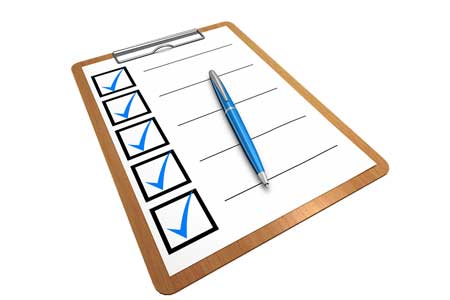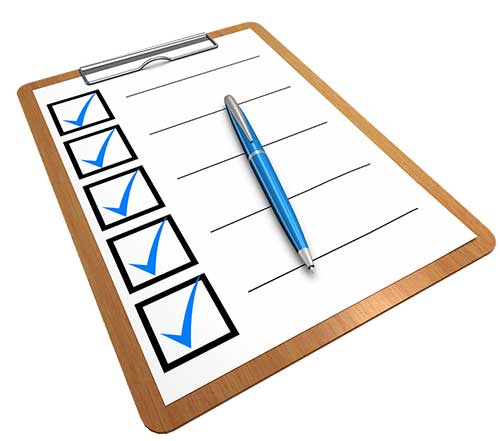10 Reasons to Love Lists


Linkbait. Clickbait. Those are the kinds of terms used, disparagingly, to describe blog posts consisting of lists. Forget the literary snobs! Lists are a great format for a variety of reasons.
First of all, having a list provides structure, and makes a blog post easy to write. Indeed, on the rare occasions I am stumped for ideas, I just make something up in my head, like "X ways to keep kids engaged", and that gets me started.
Related to this, blog posts are great for the reader as well. If you see a blog post called "10 must-read blogs about online safety", you know exactly what you're going to get, and those kind of articles are easy to read.
In other words, a list post can convey a great deal of information in a very digestible form. I like reading long-form articles, but if I'm pushed for time I'm much more likely to go for an article that promises 7 useful tips or 9 apps for teaching reading than a learned treatise. There's a reason that the acronym TL;DR (Too long; didn't read) has made it into the modern lexicon!
Getting back to the blogger, writing a list post helps to ensure that you don't leave anything out. I usually draft my list articles with the title "X ways to ..." or "X reasons that...". Why an 'X'? Because I don't know in advance how many points I'm going to come up with. As I jot down a few points, others come to me. In other words, the list format is very conducive to developing ideas as well as coming up with them in the first place.
If you're concerned about how many people are going to be able to find your articles (and why wouldn't you be?), list posts are good for search engine optimisation (SEO). The reason is that they lend themselves to the inclusion of keywords without artificially stuffing them in (which Google frowns upon anyway).
Let's suppose I run a blog about using education technology to encourage kids to write. A post entitled "10 useful apps for getting kids to write" is clearly going to be very SEO-rich. Think about it: The title has two of my keywords: Apps, and write. Each app I mention is going to be a keyword or phrase in itself. The article is virtually bound to be good for SEO without my even trying.
Tools and ideas to transform education. Sign up below.
That example leads me on to discussing getting kids, especially boys, to write. If someone doesn't find writing easy or enjoyable, asking them to write a story called "Why I like X" may be too much of a challenge. Much better to ask them to write "5 things I like about X", because that provides a structure, and seems more doable. It's less open-ended, and therefore less frightening.
There's another reason to write list posts: All the top bloggers recommend it. Presumably they know something the rest of us don't?
A well-known proponent of the list format in education technology is Larry Ferlazzo. Check out his websites of the year, for example, and have a good rummage around his website for other brilliant 'best of' lists.
Even leaving blog posts aside, lists can be very useful in a variety of ways. Atul Gawande's book The Checklist Manifesto provides plenty of examples of how a simple checklist, whether in an operating theater or an airplane, can save lives.
Another example is software installation. Write a numbered list of what to do when installing new software (1. Make a restore point; 2. Save your work etc) and you help to ensure that you don't miss any vital steps, and also that someone else can do it instead of you if you're off sick.
Finally, if you teach writing, or programming, knowing about lists can be very useful. It's commonly accepted that if the order of things in a list doesn't matter, bullets are good to use. An example of this might be a shopping list. On the other hand, where the order is important, like in a computer program, numbers should be used. That's useful information for kids to have.
All in all, the list format has a lot going for it. Don't let anybody tell you otherwise!
Terry Freedman publishes the ICT & Computing in Education website.
Possible illustration: https://pixabay.com/en/checklist-clipboard-questionnaire-1622517/ which has a CC0 licence.
